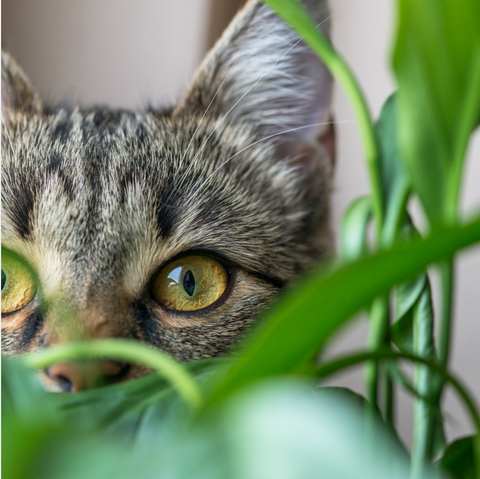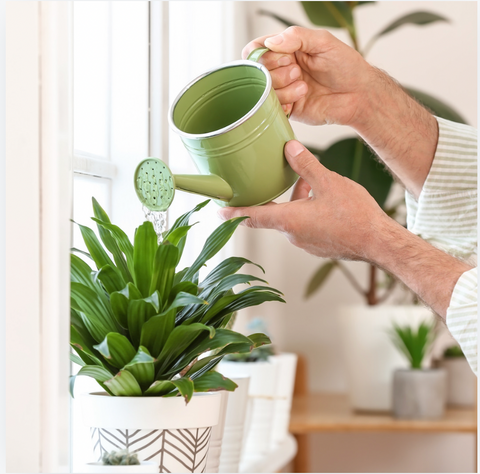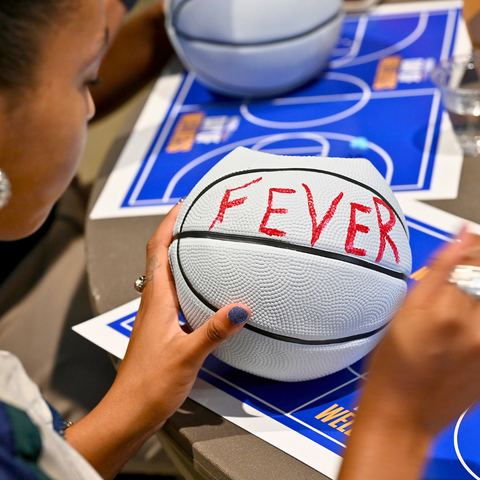Houseplants can transform a living space, providing aesthetic beauty and improving air quality. However, for pet owners, keeping houseplants can be tricky. Cats and dogs, curious by nature, often find plants irresistible. They may chew on leaves, dig in the soil, or even knock over pots. Here are some effective strategies to protect your houseplants from furry friends.
- Choose Pet-Friendly Plants
The first step in ensuring the safety of both your pets and plants is selecting non-toxic, pet-friendly plants. Some houseplants can be harmful or even deadly if ingested by cats or dogs. Safe options include:
- Spider Plant
- Areca Palm
- Boston Fern
- Baby Rubber Plant
- African Violet
Avoid toxic plants such as lilies, philodendrons, pothos, and certain types of ivy.
- Place Plants Out of Reach
Strategically placing your plants can make a significant difference. Consider the following placement options:
- Hanging Planters: Use hanging baskets or macramé hangers to keep plants out of reach of curious pets.
- High Shelves: Place plants on shelves or bookcases too high for your pets to reach.
- Window Ledges: Some window ledges are high enough to keep plants safe from pets while providing plenty of sunlight.
- Create a Plant Terrarium
A terrarium is a great way to protect your plants while adding a unique decorative element to your home. Enclosed terrariums keep pets from accessing the plants inside. They also create a controlled environment that can help certain plants thrive.
- Use Deterrents
There are several pet-safe deterrents you can use to keep your pets away from your plants:
- Citrus: Many pets dislike the smell of citrus. Placing orange or lemon peels in the soil can deter them.
- Pepper: Sprinkling a small amount of cayenne pepper on the leaves can discourage pets from chewing on them.
- Pet Repellent Spray: Commercially available sprays are designed to deter pets from chewing on plants.
- Provide Alternative Entertainment
Sometimes, pets turn to plants out of boredom. Providing alternative forms of entertainment can help:
- Cat Grass: For cats, growing a small patch of cat grass can satisfy their desire to chew on greenery.
- Chew Toys: Ensure dogs have plenty of toys and bones to keep them occupied.
- Interactive Toys: Interactive toys that challenge your pet can help reduce their interest in your plants.
- Train Your Pets
Training can be a long-term solution to keeping your plants safe. Use positive reinforcement to teach your pets to stay away from your plants:
- Commands: Teach your pets basic commands such as “leave it” or “no.”
- Rewards: Reward your pets when they obey commands and avoid the plants.
- Consistency: Be consistent with training and reinforce the desired behavior regularly.
- Use Barriers
Physical barriers can effectively protect your plants. Options include:
- Plant Cages: Small, decorative cages can be placed around plants to protect them from pets.
- Baby Gates: Use baby gates to block off rooms or areas where you keep your plants.
- Furniture Arrangement: Arrange furniture in a way that creates a barrier between your pets and plants.
- Consider an Outdoor Garden
If keeping houseplants safe from pets indoors proves too challenging, consider setting up an outdoor garden. An enclosed balcony or a patio can be an excellent place to grow your plants without the risk of pet interference.
Conclusion
Keeping your houseplants safe from cats and dogs requires a combination of strategic placement, pet-safe plant choices, deterrents, and training. By implementing these tips, you can create a harmonious environment where your plants and pets thrive. Remember, the key is to find a balance that works for your household and to be patient with your pets as they learn new boundaries.





Comments (0)
There are no comments for this article. Be the first one to leave a message!